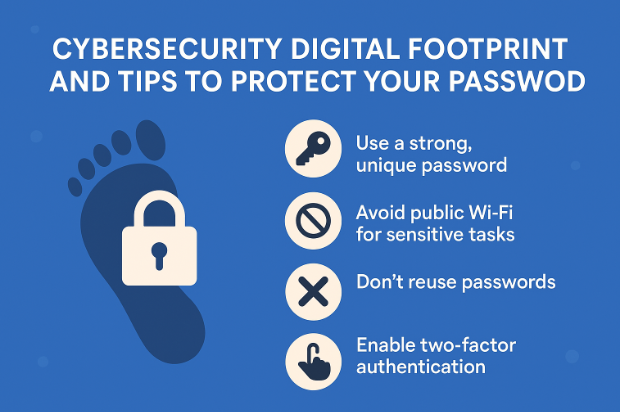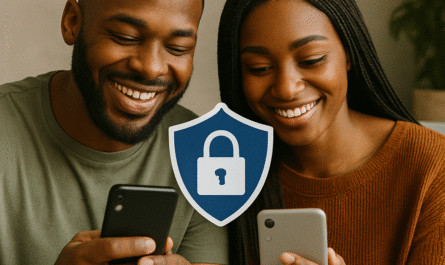Two-factor Authentication (2FA)
Two Factor authentication adds a critical second layer of protection beyond just a password. Multifactor authentication adds an extra of security. Below are why it matters:
Benefits of Two-factor Authentication (2FA)
1) Passwords are vulnerable – People often reuse passwords or choose weak ones. Even strong passwords can be cracked, stolen through phishing, data breaches, or keylogging. So, you need two factor authentication.
2) Extra layer of security – With 2FA, even if someone gets your password, they still need a second piece of info (like a code from your phone or a fingerprint) to access your account. So, two factor authentication adds extra layer of security to protect your acct and data.
3) Reduces fraud and breaches – Many cyberattacks that succeed due to stolen credentials can be stopped by 2FA, making it way harder for attackers to break in. Two factor authentication can help reduce fraud and breaches by creating that extra layer of security which makes it harder for attackers to make their way in to steal or breach your data
4) Peace of mind – 2FA gives users more confidence that their data is safe, especially with sensitive accounts like email, banking, or cloud storage.
5) Easy and accessible – Most platforms offer simple options of 2FA like SMS codes, authentication apps (e.g., Google Authenticator), or push notifications—no advanced tech knowledge needed.
Types of 2FA And How Each Works:
1) SMS-Based 2FA
How it works: You enter your password, then a code is sent via text message to your phone.
2) Authentication Apps
Examples: Google Authenticator, Authy, Microsoft Authenticator.
How it works: After logging in with your password, you open the app to get a time-sensitive code.
3) Push Notification-Based
Examples: Duo Mobile, Authy, Okta Verify.
How it works: After entering your password, you get a push notification on your phone asking you to approve or deny the login.
4) Hardware Tokens
Examples: YubiKey, RSA SecurID.
How it works: A physical device generates a code or is plugged into your computer to confirm your identity.
5) Biometric 2FA
Examples: Face ID, Touch ID, fingerprint scanners.
How it works: You authenticate using a biometric factor after entering a password.
Tips for a Strong Password:
1) Use a passphrase – something like these: “Snuhsnie!, Dnaicgn2120p” is better than “123456.”
2) At least 13 characters – The longer, the stronger.
3) Mix it up – Upper & lowercase, numbers, and symbols.
4) Avoid personal info like No birthdays, address, zip codes, last 4 of your socials or pet names.
5) Use a password manager – Stop recycling old passwords.
6) Turn on 2-Factor Authentication wherever possible for extra protection.
7) Avoid Common Words or Patterns
Words like “password”, “qwerty”, or “letmein” they are hacker favorites. They’re in every hacker’s wordlist.
8) Don’t Reuse Passwords
One breached site = all your accounts at risk. Use a different password for each site to avoid one breached site compromising all of your passwords.






